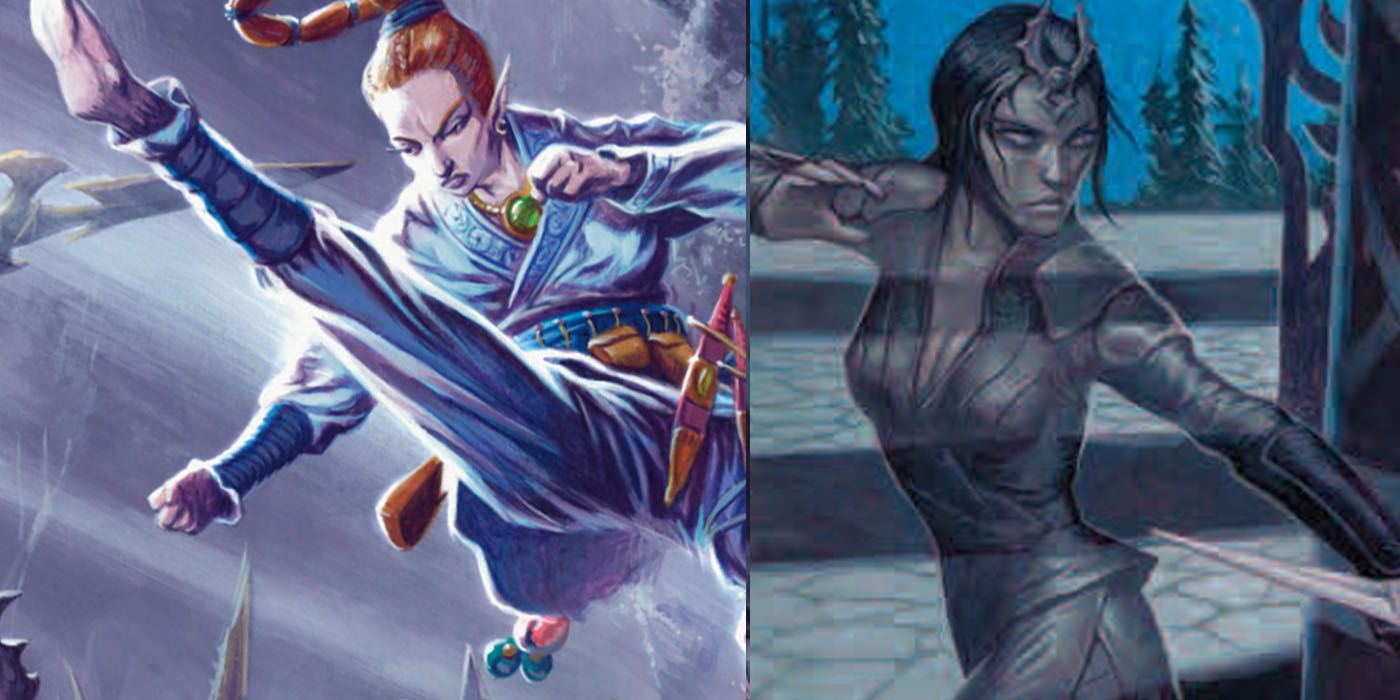
Illusion magic demonstrates the power of appearances. In Dungeons & Dragons, the Illusion School blends in the fake with the real. With the right skill, an Illusionist can overwhelm the mind with their fake creations. As such, illusionists range from tricksters and entertainers to sinister magicians that use their skills for personal gain.
RELATED: Reasons Why The Forgotten World Of Warcraft TTRPG Is A Must-Try
D&D 5e offers a wide range of Illusion Spells that make great additions to a Spellcaster's repertoire. Some Illusion Spells outclass the deadliest magics. A simple illusion can end battles before they even begin.
10 Mental Prison (6th-Level)
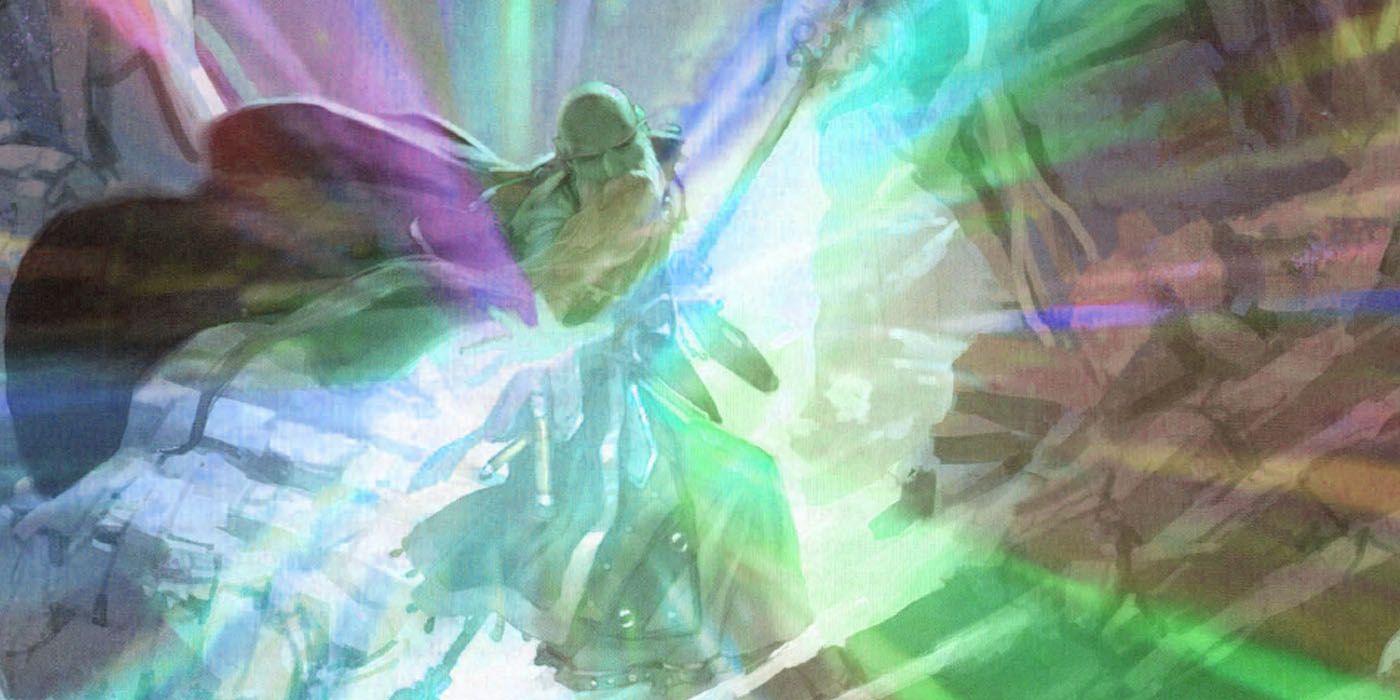
- Casting Time – Duration: 1 Action, 1min (Concentration)
- Range: 60 ft
- Components: S
- Classes: Sorcerer, Warlock, Wizard
It's often said that people make their own worst nightmares, and Mental Prison demonstrates that. When cast, the target immediately takes 5d10 Psychic Damage and must make an Intelligence Save. On a success, the Spell ends. However, on a failure, the creature perceives its surroundings as dangerous. Moreover, the target can't hear or see anything beyond the illusory prison for the duration.
Any attempts to get past the Mental Prison will break the Spell, whether the target is moved out, reaches through it, or attacks it. However, the target will have to 10d10 Psychic Damage to fully escape. With its sheer destructive power, a Mental Prison is a horrible way to kill a powerful boss.
9 Blur (2nd-Level)
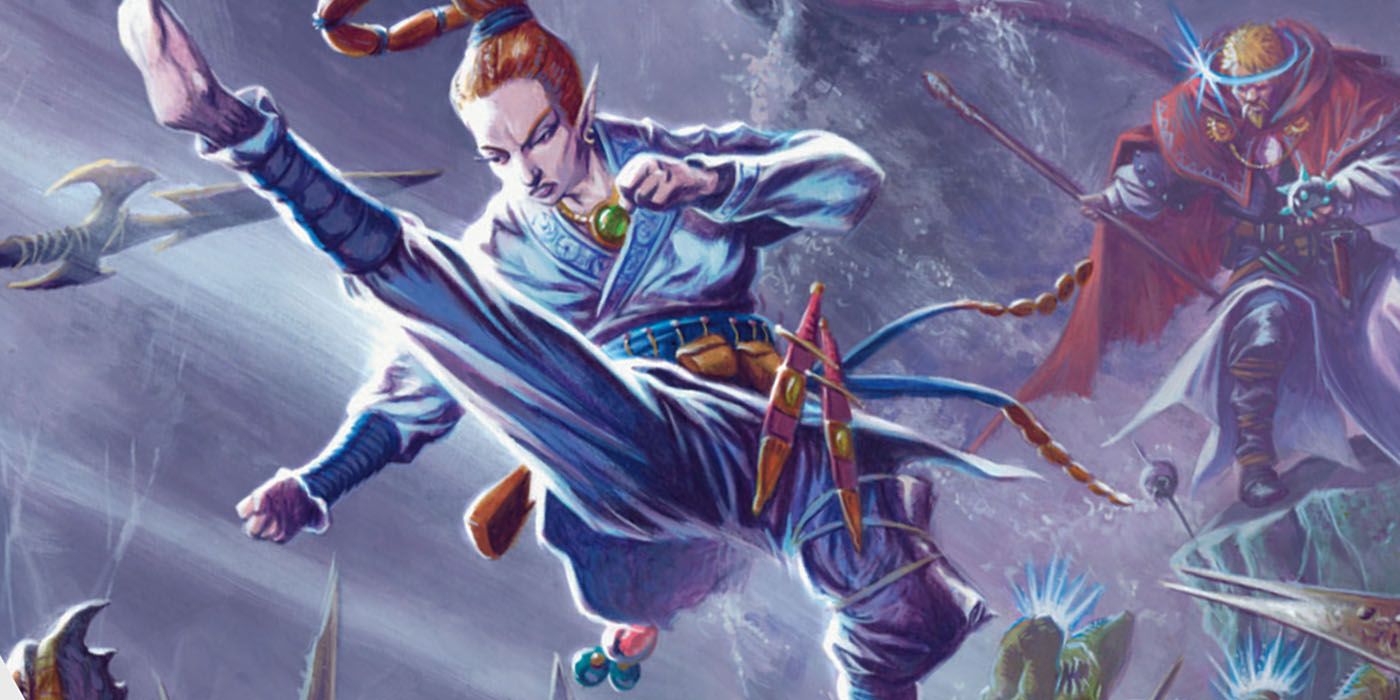
- Casting Time – Duration: 1 Action, 1min (Concentration)
- Range: Self
- Components: V
- Classes: Sorcerer, Wizard
An Illusionist with sufficient skill can make their body look like a blur to anyone who perceives them. In combat, this makes them extremely hard to spot and hit. Mechanically speaking, Blur imposes Disadvantage to Attack Rolls against the caster. However, this Spell won't affect individuals who don't need to use sight (e.g., with Blindsight) or can see past illusions (e.g., with Truesight).
While not as powerful as a defensive option, it still works wonders in emergencies. The Concentration caveat won't leave much room for other activities. However, this can be a lifesaver against powerful melee foes.
8 Major Image (3rd-Level)
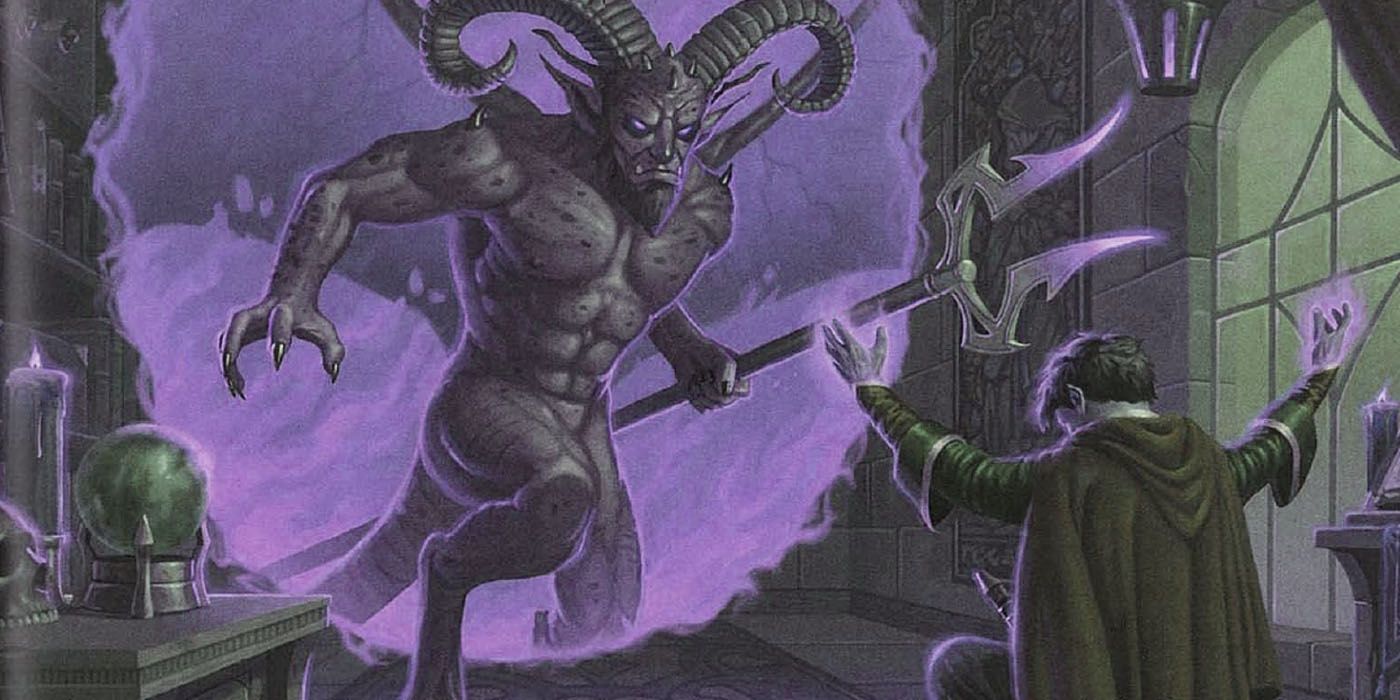
- Casting Time – Duration: 1 Action, 10mins (Concentration)
- Range: 120 ft
- Components: V S M (a bit of fleece)
- Classes: Bard, Sorcerer, Warlock, Wizard
When a Spellcaster casts Major Image, they can create any visible phenomenon (creatures, objects, etc.) that can fit in a 20-foot cube. Within range, the caster can "move" the image to another spot. The only thing that reveals its illusory properties would be physical touch, as everything passes through it. Creatures need to make an Investigation (INT) Check versus the caster's Spell Save DC to know the phenomenon is an illusion.
Despite its fickle nature, Major Image can become a huge asset. The need to physically touch the illusion and make a check to discern its true nature can give the party a lot of time to do other actions.
7 Hypnotic Pattern (3rd-Level)
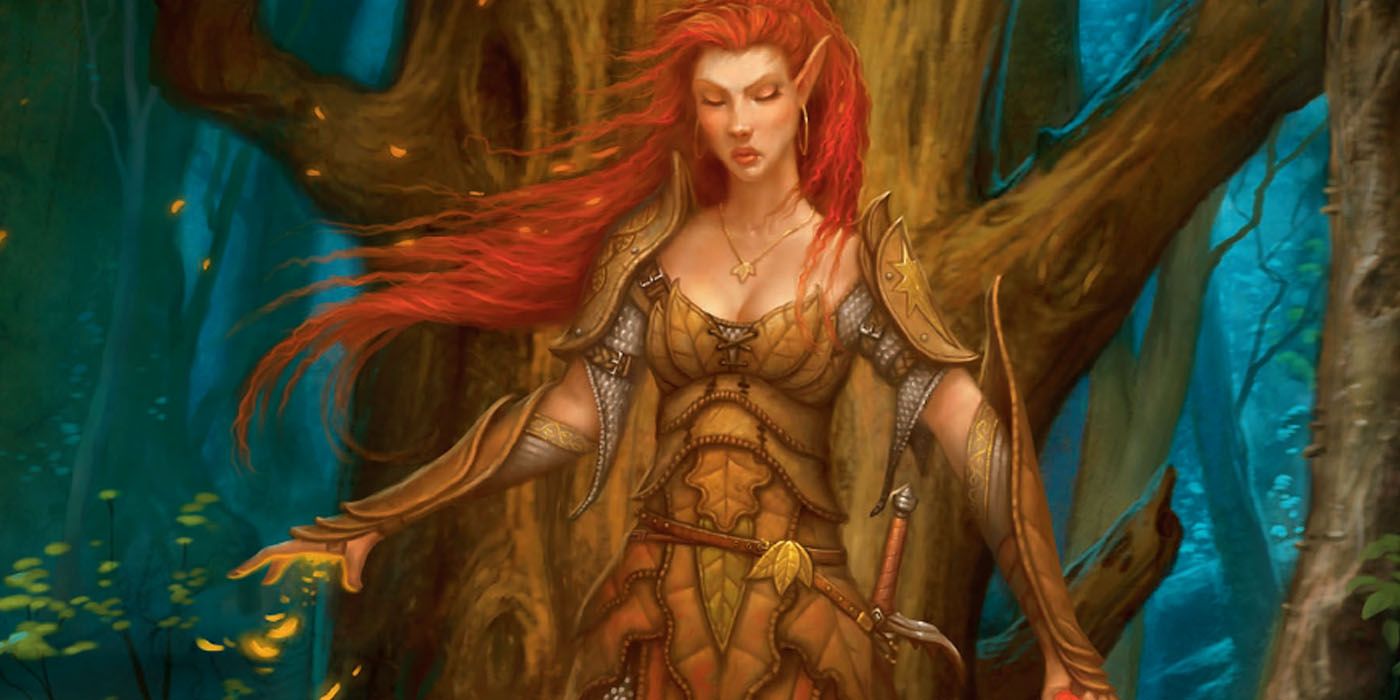
- Casting Time – Duration: 1 Action, 1min (Concentration)
- Range: 120 ft
- Components: S M ( a glowing stick of incense or a vial with phosphorescent material)
- Classes: Bard, Sorcerer, Warlock, Wizard
A more advanced spell in the Illusionist's repertoire, Hypnotic Pattern creates a swirl of colors that fits a 30-foot cube. The Pattern will only appear and dissipate in an instant, forcing all creatures in said area to make a Wisdom Save. Those who fail will be instantly Charmed for the duration, and can't move as they're incapacitated. However, a creature snaps out of the Spell if they take damage or if another creature shakes them.
RELATED: Pro Tips For Playing Dungeons & Dragons While Waiting For Baldur's Gate 3
Hypnotic Pattern is a safe way to stop escalating tensions. Thanks to this action, Spellcasters have an easier way of stopping a fight before they get worse. If creatures do break the spell, they make easy pickings for the rest of the party while other enemies stay incapacitated.
6 Invisibility (2nd-Level)
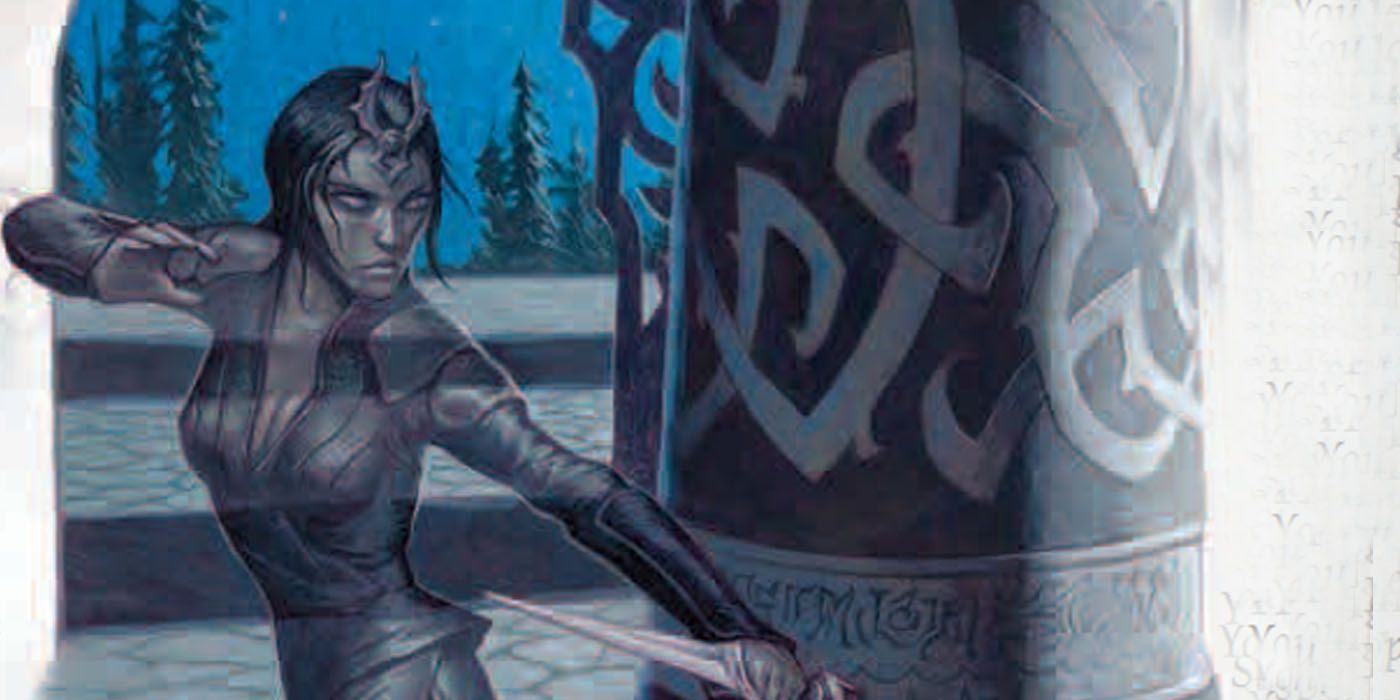
- Casting Time – Duration: 1 Action, 1hr (Concentration)
- Range: Touch
- Components: V S M (an eyelash in gum arabic)
- Classes: Bard, Sorcerer, Warlock, Wizard
One of the more straightforward Illusion Spells, Invisibility transforms the Spellcaster's target into an invisible creature, alongside everything they're carrying or wearing. However, the invisibility does dissipate when the target casts a Spell or attacks anyone. A Spellcaster can increase their number of targets for each higher-level Spell Slot used.
Invisibility is a great asset for reconnaissance. Moreover, there aren't a lot of opportunities to break Invisibility on the player's part. Players may get a free pass on Invisibility's offensive potential with polymorph effects, and even a Dragonborn's natural breath weapon.
5 Greater Invisibility (4th-Level)
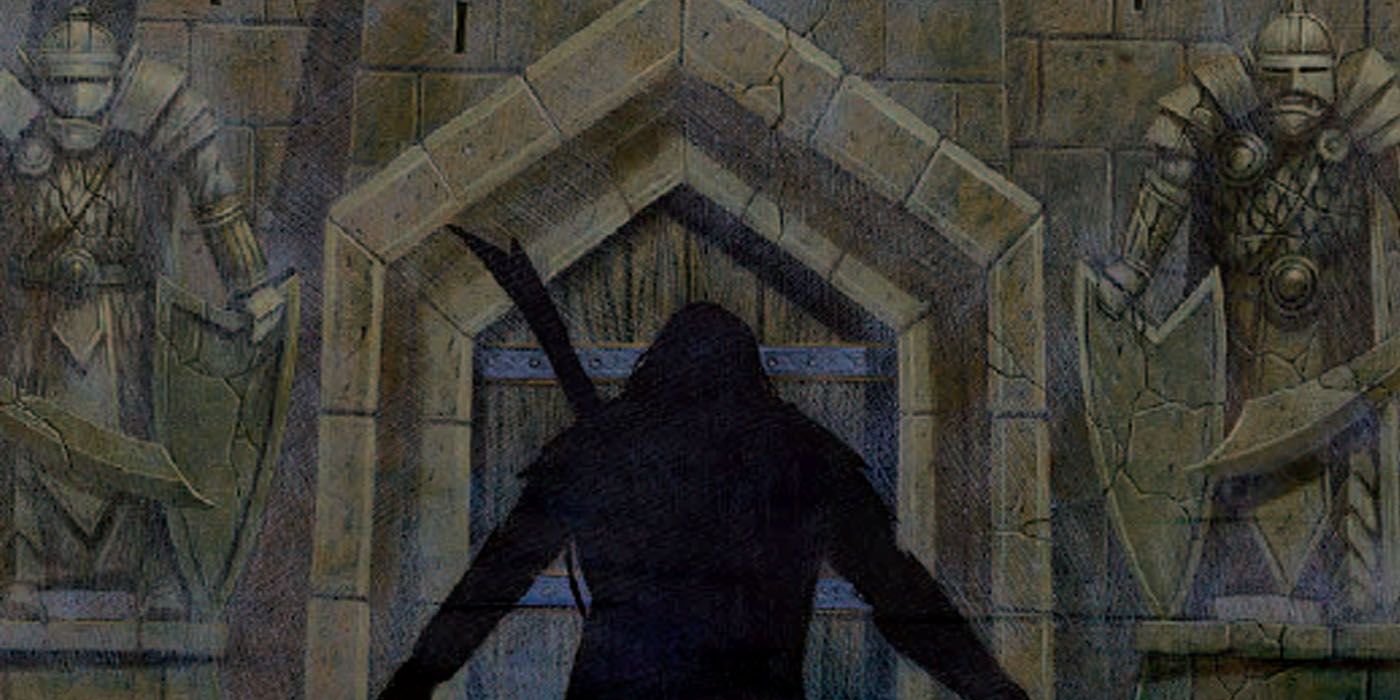
- Casting Time – Duration: 1 Action, 1min (Concentration)
- Range: Touch
- Components: V S
- Classes: Bard, Sorcerer, Wizard
At first glance, Greater Invisibility seems like the "weaker" Invisibility variant due to its short description. After all, the target is just invisible for a full minute. However,, Greater Invisibility allows the target to cast Spells and make attacks without breaking invisibility. This is a huge difference when comparing the two Spells.
For instance, when using Invisibility, players can only make one attack with Advantage. With Greater Invisibility, all attacks during the duration all have Advantage. It also helps to note that a lot of Spells can only target creatures that Spellcasters see, meaning that Greater Invisibility is one of the best defensive Spells out there.
4 Phantasmal Killer (4th-Level)
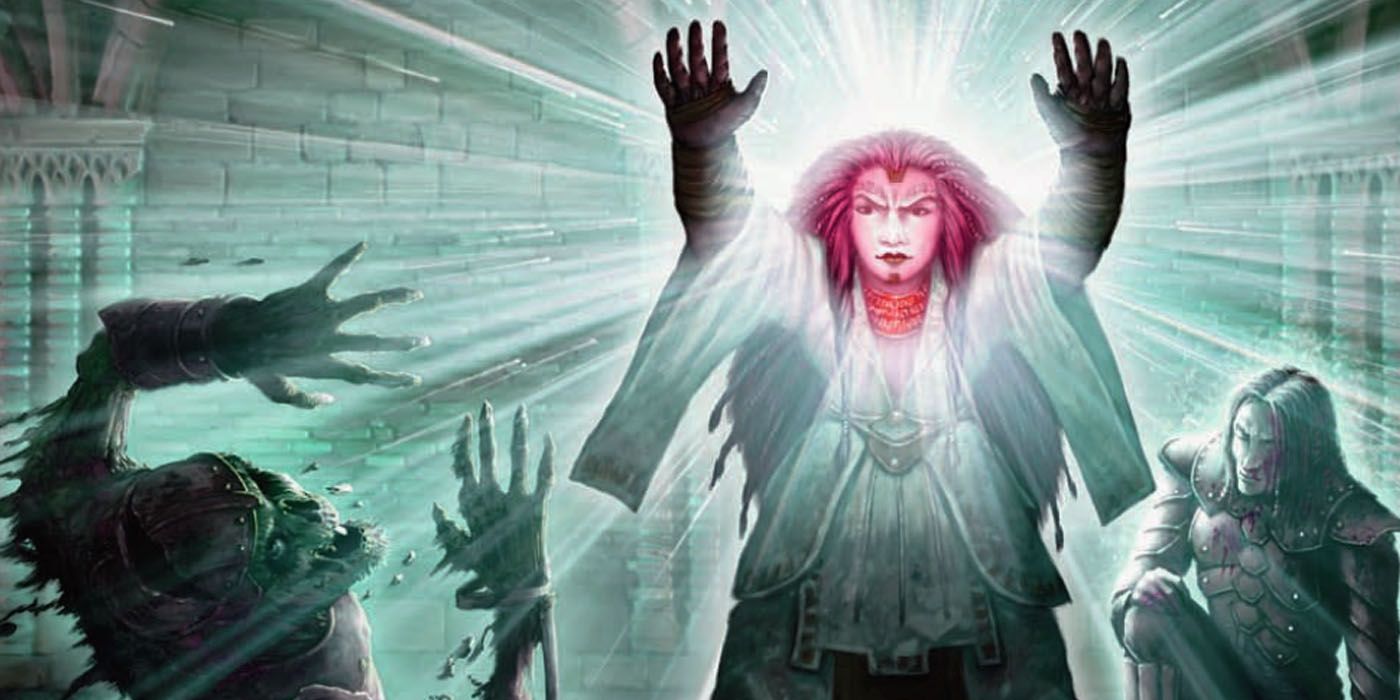
- Casting Time – Duration: 1 Action, 1min (Concentration)
- Range: 120 ft
- Components: V S
- Classes: Wizard
With this spell, casters can manifest their enemy's worst nightmares into an illusion that can literally kill them. When activated, Phantasmal Killer creates a manifestation of that target's deepest fears that only they can see. Its target must make a Wisdom Save, which ends the Spell on a success. If they fail, they become frightened for the duration. At the end of their turns, they need to retake that Wisdom Save, but this time failure means taking 4d10 Psychic Damage. This continues until they make the Save.
RELATED: Pro Tips To Create A Cyberpunk D&D Campaign
With a higher-level Spell Slot, casters can increase the damage of Phantasmal Killer by 1d10. Granted, Phantasmal Killer takes a lot of time before releasing its full brunt to a target. However, a target forced to make Wisdom Saves at a Disadvantage through other means can remain at the receiving end of a lethal Phantasmal Killer.
3 Minor Illusion (Cantrip)
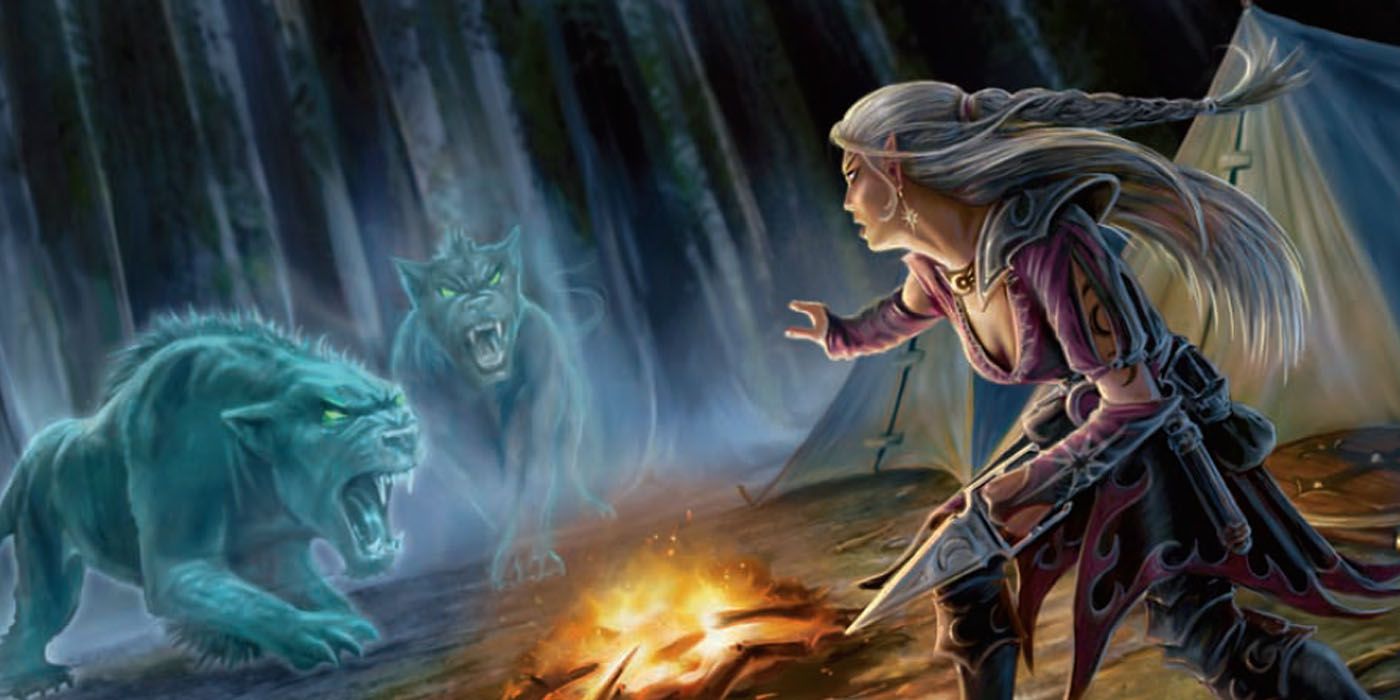
- Casting Time – Duration: 1 Action, 1min
- Range: 30 ft
- Components: S M (a bit of fleece)
- Classes: Bard, Sorcerer, Warlock, Wizard
Unlike Major Image, Minor Illusion simply creates an image or a sound within range. An Investigation (INT) Check against the caster's Spell Save DC can determine its true nature as an illusion.
Despite this minor setback, Minor Illusion is far more useful than Major Image due to its nature as a Cantrip. Since a party often only needs a minor deception for an escape plan, the cost-free Minor Illusion is a more worthwhile investment compared to Major Image.
2 Silent Image (1st-Level)
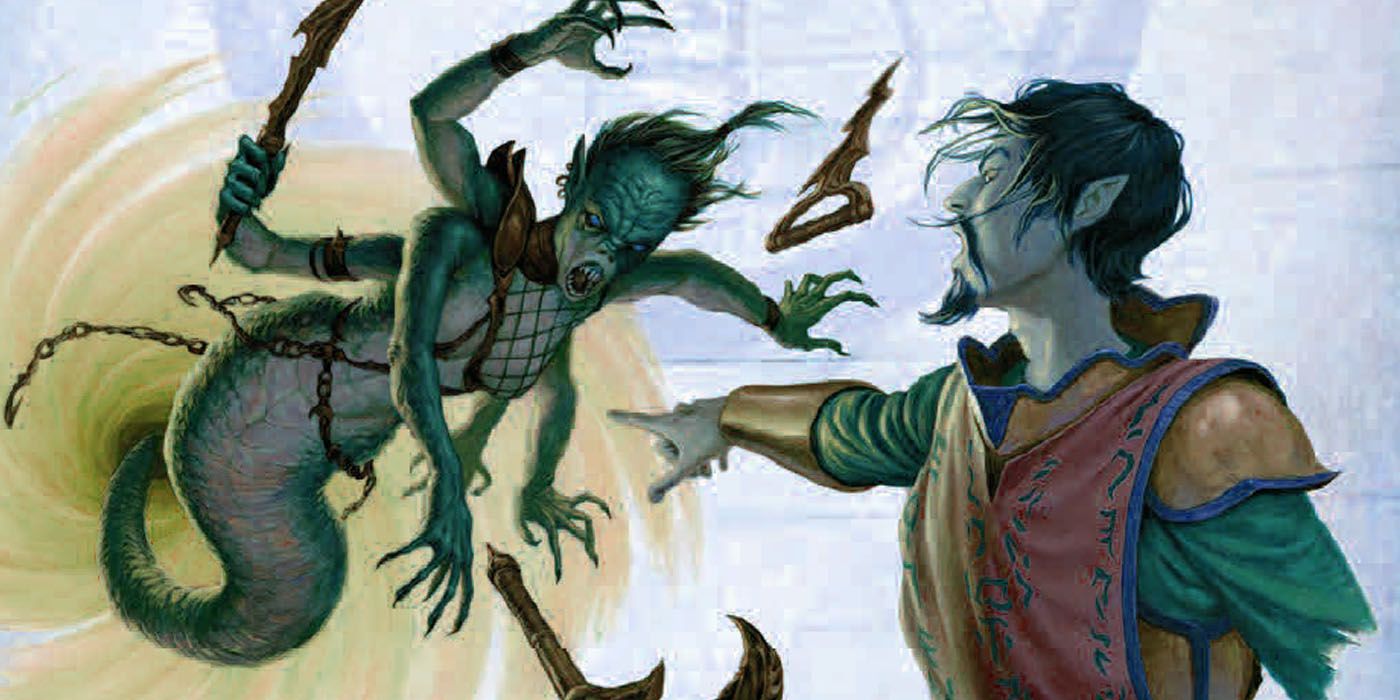
- Casting Time – Duration: 1 Action, 10mins (Concentration)
- Range: 60 ft
- Components: V S M (a bit of fleece)
- Classes: Bard, Sorcerer, Wizard
Silent Image creates a purely visual illusion within a 15-foot cube. With an action, the caster can "move" the image to any location within its range. Being a visual illusion, physical interaction will reveal its true nature. As with other illusion-based Spells, an Investigation (INT) Check versus the caster's Spell Save DC will reveal this as well.
What makes Silent Image useful is its innate flexibility as a visual Spell. Given its visual focus, an adventurer can hide within its realistic walls and surprise attack enemies.
1 Creation (5th-Level)

- Casting Time – Duration: 1min, Special
- Range: 30 ft
- Components: V S M (a piece of matter of the same type of the item to be created)
- Classes: Sorcerer, Wizard
The best illusions are the ones that seem real – and Creation transforms illusions into reality. When cast, Creation has the caster pull shadow material from the Shadowfell to create a nonliving object. This object should fit within the confines of a 5-foot cube, and must have a form and be made of material that the caster has seen. The more complicated the material, the less time the object lasts. With higher-level Spell Slots, Creation can manifest at a larger space.
With Creation, an Illusionist can make full use of their ingenuity. Since objects created via Creation are "real" for its duration, these things can take the form of food for sustenance, gold and gems for fake bribes, and even an arsenal for a quick skirmish.

